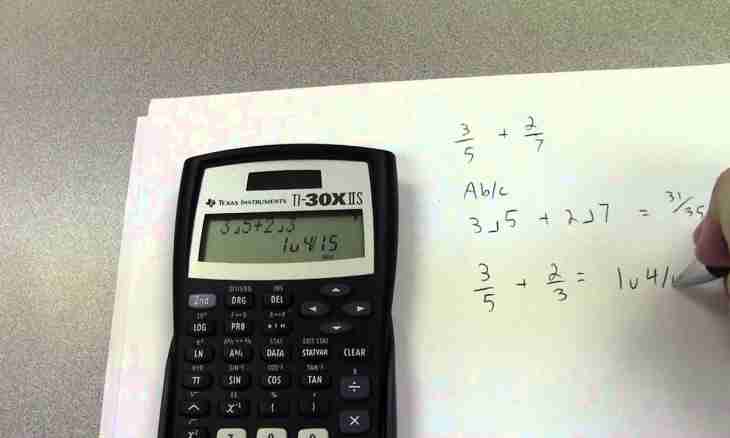Expected value – the term of probability theory intended for assessment of average value of statistical sample and definition of an error of measurements. This concept is also called distribution center of a random variable.
Instruction
1. Calculation of expected value of a random variable is one of the main evaluation stages of degree of its deviation from true value. During creation of probabilistic model of the measured parameter this numerical characteristic shows, its average expected value is how far from the truth.
2. To calculate expected value, it is necessary to consider sample of values of function of distribution of a random variable. Elements of this function represent probabilities with which size will be equal to any given value from a great number of X.
3. It is obvious that the sample of values (results of a series of measurements) of the analyzed parameter is a numerical row. Therefore, to find its average value, it is necessary to determine the integrated sum of this row. It leads to operation of integration and use of a formula of Lebesgue-Stilties: M = ∫xdF(x).
4. Divide concepts of expected value of discrete and entire quantity. The first follows from the integral given above and represents summation of paired works of the elements of two sets corresponding each other: samples of values of the studied parameter and the massif of probabilities with which the random variable can accept these values. Then the formula looks as follows: M = Σxi•pi where i is the index of the sum belonging to an interval from 1 indefinitely.
5. Expected value of entire quantity is equal to the first derivative function of the sequence. At the same time it is obvious that entire quantity has the distribution of probabilities equal Σpi = 1 therefore in the differentiated function the value equal to x=1 is substituted. Then the formula takes a form: M = P’(1) = Σk•p_k.
6. It is necessary to remember that the making function of the sequence in itself is a numerical row therefore depends on its convergence whether there is a final value of expected value. If a row disperses, then this characteristic of a random variable is equal to infinity, i.e. is not defined.
